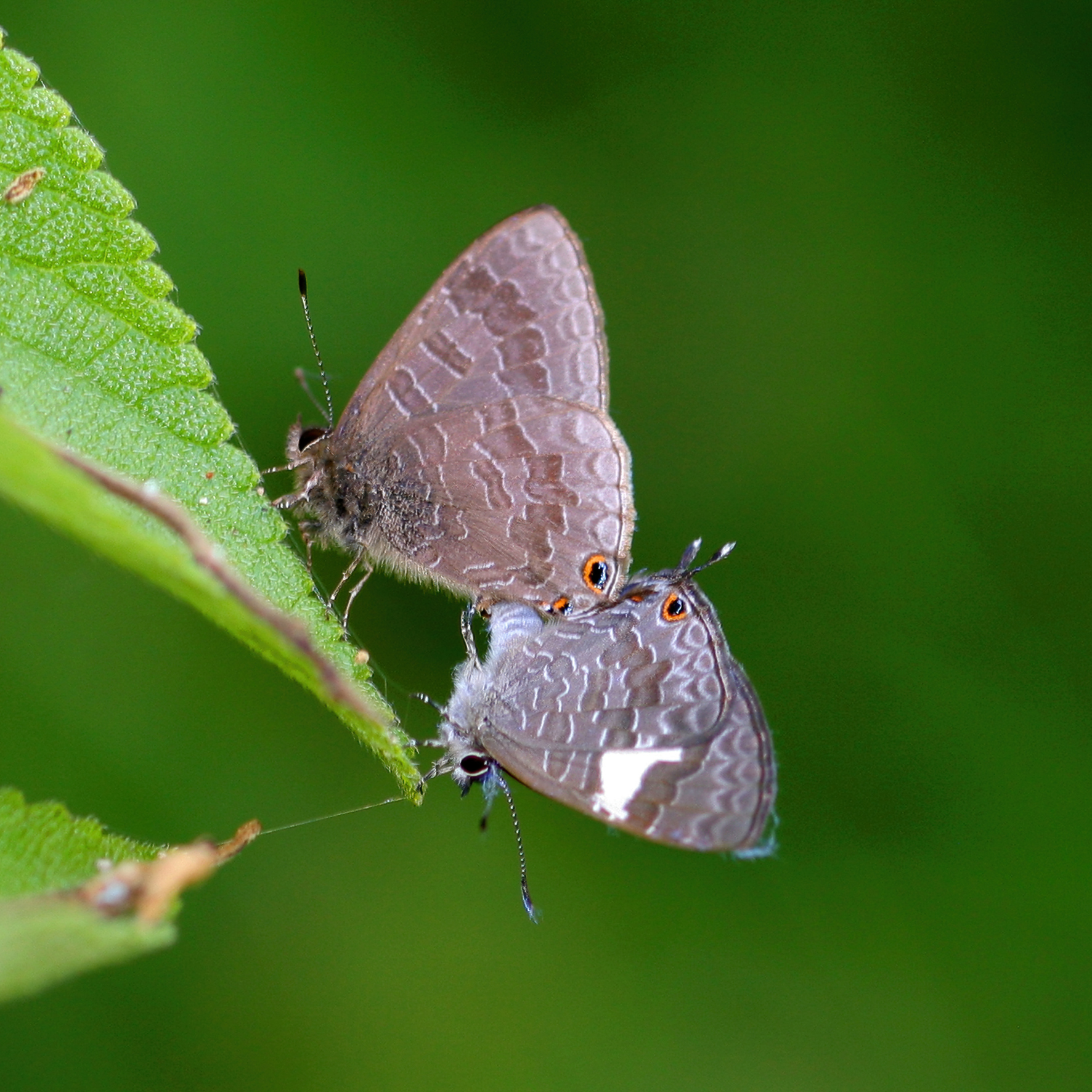Alectryon Coriaceus or Beach Birds Eye, is a member of the Sapindaceae family. As its name suggests, the Beach Bird’s Eye is a shrub of coastal areas, colonising sand dunes and the margins of coastal swamps and creeks as well as littoral rainforests.

Black seed resembles an eye
The Bird’s Eyes are named for their sprays of colourful fruit, with the black “bird’s eyes” being the shiny black seeds almost enclosed by the flaming red fleshy aril that appears once the green seedcase opens. The shiny black seeds are dispersed by birds, including the Green Catbird – which is attracted to the sweet red aril.
Alectryon Coriaceus generally holds its paired leathery dark green leaflets erect, rather like a collection of butterflies, the young foliage in contrast is bright green and shiny. Fresh spurts of growth can be encouraged if fertiliser is applied to the Beach Bird’s Eye during rainy spells
Caring for the Beach Bird Eye
The height that this species achieves is totally dependent on where you plant it. It ranges from 1m when facing the full brunt of wind off the sea to 6m in sheltered moister forests. Use organic material when mulching and provide deep infrequent watering generally preferred once established. To retain density of the bush, prune after flowering.
Crucial for butterflies
A number of native butterflies depend on this Alectryon for sustenance, including:
- Erysichton lineata affinis – Hairy Line Blue
- Sahulana scintillate – Glistening Blue
- Prosotas felderi – Short-tailed Line-blue
- Candalides consimilis consimilis – Dark Pencil-blue

Opportunity for a free swap - weed for native
Last months weed of the month was the Mickey Mouse plant (Ochna serratifolia) and you will soon be enjoying the yellow flowers of the weed in your garden. These flowers will be followed by the bright shiny black fruit and red bracts. Help the environment and take this invasive weed from your garden and replace it with the native Beach Birds eye.
Bring this brochure and photo evidence of the removal of the Mickey Mouse Plant to the nursery to receive a free Beach Birds Eye.
Landcare nursery
The nursery has a wide supply native plants available. Learn more about the nursery at www.landcareportmac.com.au






